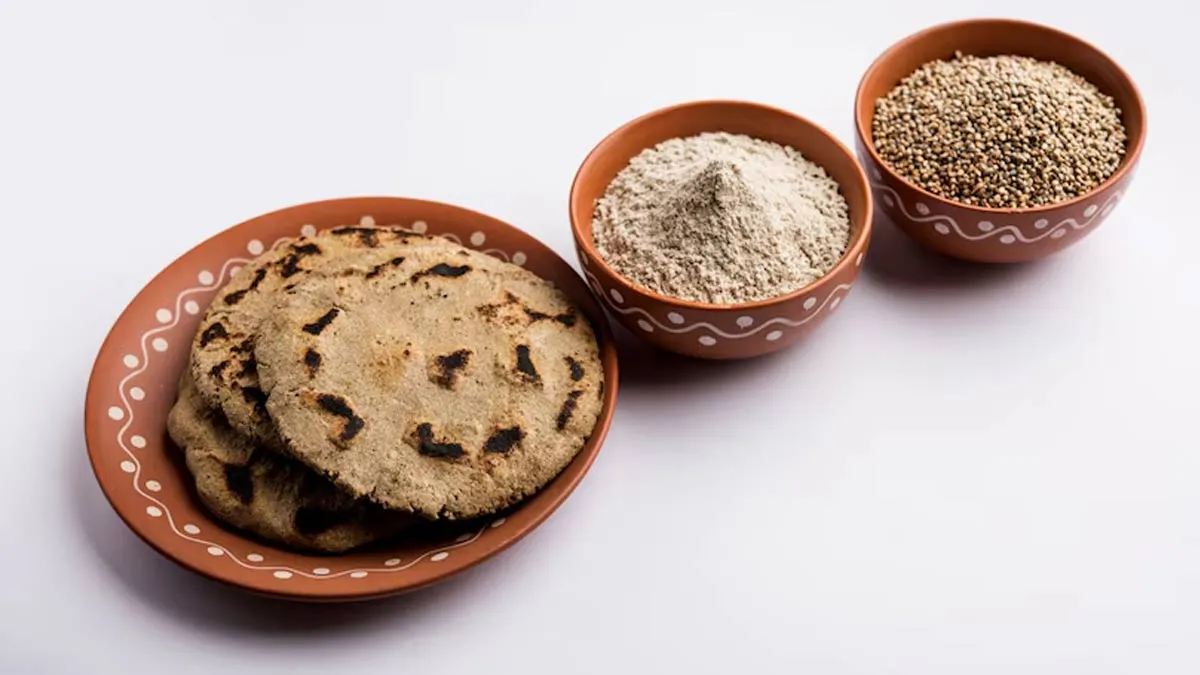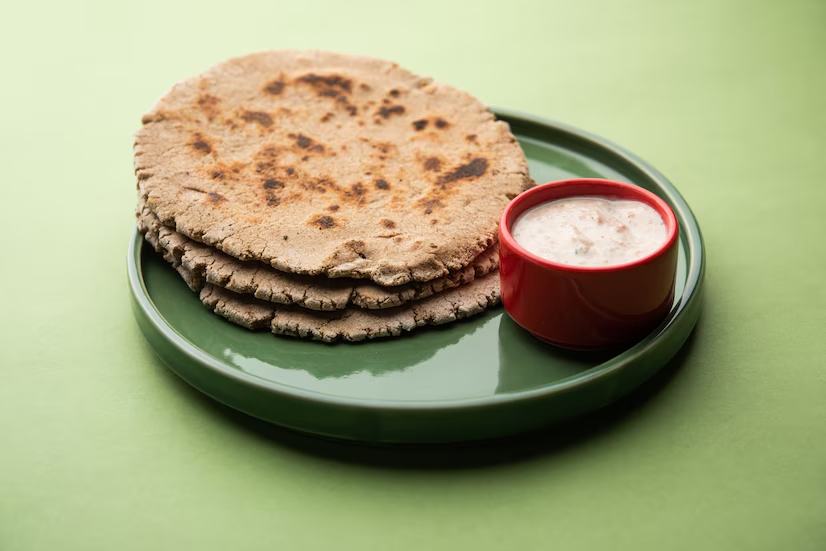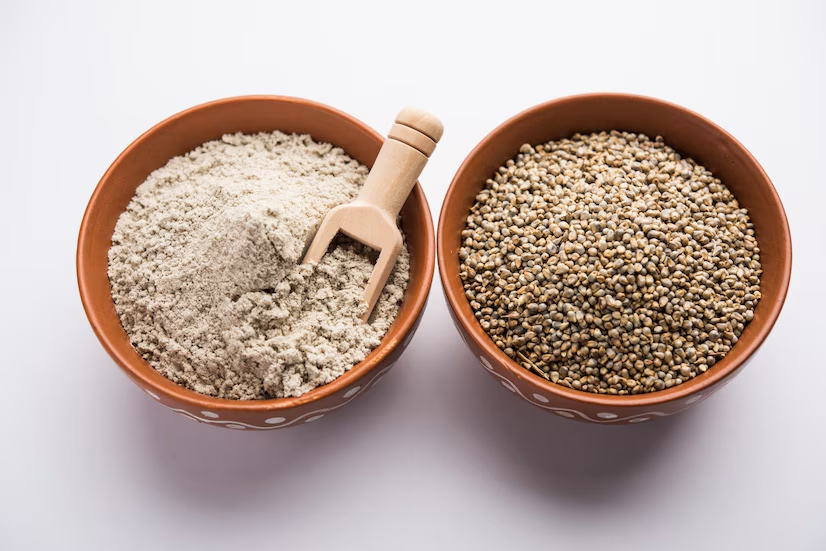
As the winter chill sets in, our body craves warmth and nourishment. One humble ingredient that deserves a prime spot in your winter diet is bajra, the pearl millet. A staple in Indian households for centuries, bajra is now gaining global recognition for its nutrient-rich profile and warming properties, making it ideal for the colder months.
Table of Content:-
Bajra flour is packed with essential nutrients like fibre, protein, iron, magnesium, and phosphorus. Its high fibre content not only aids digestion but also helps keep you fuller for longer, curbing unnecessary snacking. Additionally, bajra is gluten-free, making it a suitable choice for those with gluten sensitivities or celiac disease.
Why Bajra is Perfect for Winter

Keeps You Warm: Bajra is known for its warming properties, which help in generating body heat, a must during the cold season. A study highlighted the thermogenic properties of bajra, which help in maintaining body heat during winter.
Boosts Immunity: Rich in antioxidants, bajra strengthens the immune system, helping you ward off common winter ailments.
Good for Heart Health: The magnesium in bajra aids in improving heart health by relaxing blood vessels and lowering blood pressure. A study published by Nutrients found that regular consumption of pearl millet can lower cholesterol levels and improve cardiovascular health due to high magnesium content.
Improves Bone Strength: Bajra’s phosphorus content supports bone density, which is especially beneficial during winter when joint stiffness is common.
Manages Blood Sugar Levels: Studies have shown that bajra has low glycemic index which makes it a best choice for people with diabetes.
Also read: Is Bajra Good For Diabetes Patients? Expert Shares How To Incorporate It In Your Diet
Ways to Incorporate Bajra Flour In Your Daily Diet

Bajra Roti: The classic way to consume bajra flour is by making bajra rotis. Add a pinch of salt and knead the dough with warm water. Pair it with ghee and jaggery or your favourite curry for a wholesome meal.
Bajra Khichdi: Swap rice with bajra to make a hearty khichdi. Combine bajra flour with lentils, seasonal vegetables, and spices for a warm and comforting bowl.
Bajra Pancakes: For a healthier breakfast, mix bajra flour with curd, grated vegetables, and spices to make savoury pancakes. Serve them with green chutney or yoghurt.
Bajra Soup Thickener: Add a tablespoon of bajra flour to your soups and stews as a natural thickener. It not only enhances the texture but also adds nutrients.
Bajra Porridge: For a quick and nutritious breakfast, cook bajra flour with milk or water, sweeten it with jaggery, and top it with nuts and dried fruits.
Also read: Millet Year Is About To End: Know The Health Benefits of Bajra Dalia In Winters
Practical Tips for Using Bajra Flour

Storage: Store bajra flour in an airtight container in a cool, dry place to maintain its freshness.
Mix with Other Flours: If you’re new to bajra, mix it with wheat or rice flour in a 1:1 ratio for a balanced taste and texture.
Freshness Matters: Always use freshly milled bajra flour, as it can turn rancid quickly due to its oil content.
Conclusion
Bajra flour is not just a winter food; it’s a treasure trove of health benefits. Its ability to provide warmth, improve immunity, and offer a nutrient boost makes it a must-have in your kitchen during the colder months. Backed by studies and centuries of traditional use, bajra flour is truly a superfood. Embrace this ancient grain in your daily meals and relish its earthy flavours while keeping yourself healthy and cosy this winter.
Also watch this video
How we keep this article up to date:
We work with experts and keep a close eye on the latest in health and wellness. Whenever there is a new research or helpful information, we update our articles with accurate and useful advice.
Current Version
